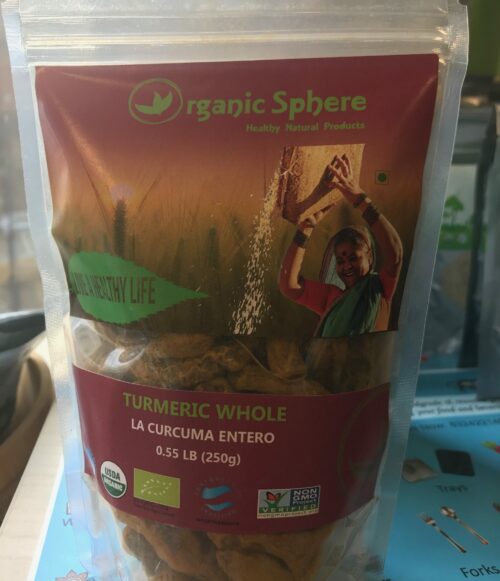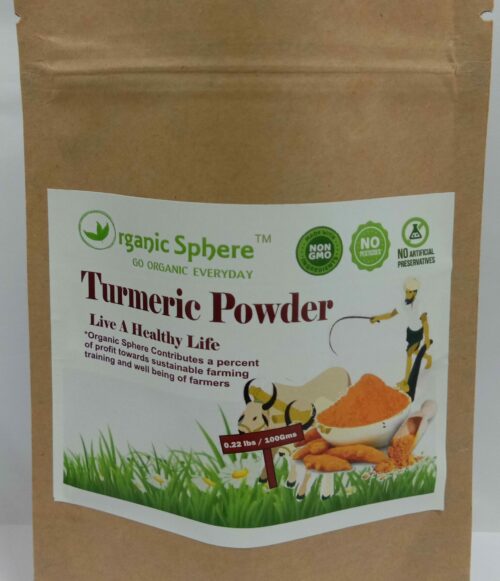Description
Holy basil, also called ‘Tulsi‘ or ‘Tulasi‘ (Hindi), ‘Thulasi / Tulsi-Chettu‘ in Telugu, ‘Tirunirrippachai‘ in Tamil, ‘Sivatulasi‘ in Malayalam, ‘Amli / Huli‘ in Kannada ‘Tulasigidda‘ in Punjabi, ‘Tulsina / Sabje‘ in Gujarati, ‘Babui Tulsi‘ in Bengali and ‘Tulsichi‘ in Marathi. Holy Basil, the “queen of herbs” is the most sacred of all the herbs found in India! This sacred plant is found in almost every Indian household. Tulsi has been used in India for around 5000 years and is acclaimed for its healing properties of the mind, body and spirit. Tulsi has been widely popular in South Asian countries for many centuries and now is also gaining popularity in the West.
The scientific name of Tulsi is Ocimum Tenuiflorum and is its English term in Basil. There are three variants of Tulsi; Rama Tulsi, Krishna Tulsi and Vana Tulsi. Each of the variants has its own distinctive taste. The parts of Tulsi generally used are its leaves, seeds and dried roots.








Reviews
There are no reviews yet.